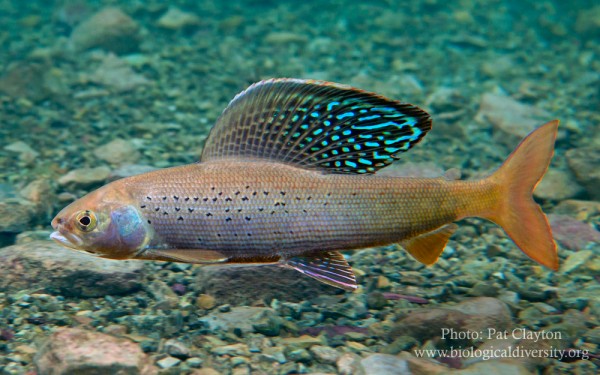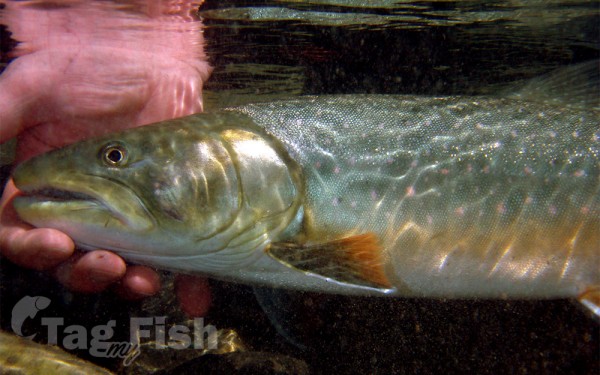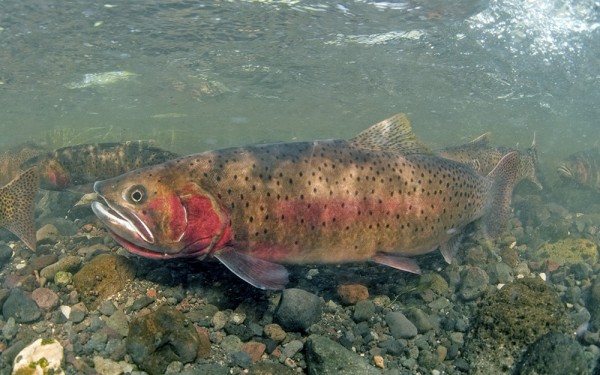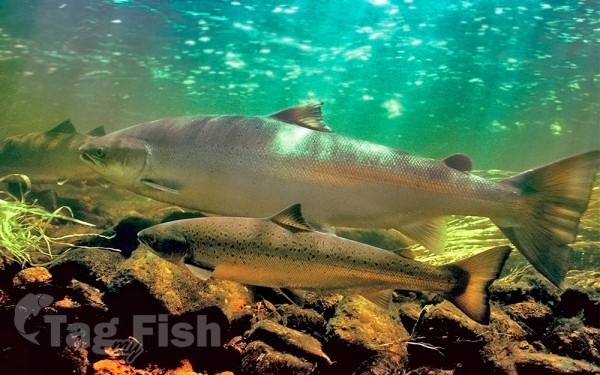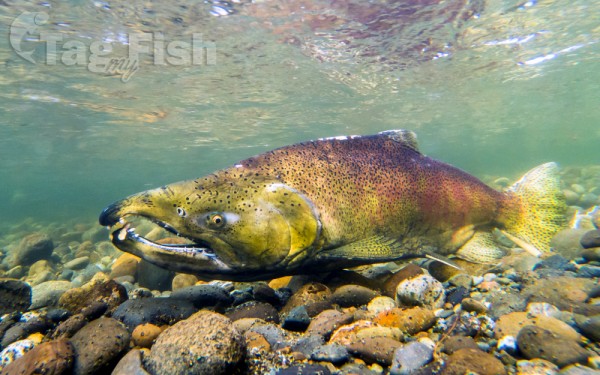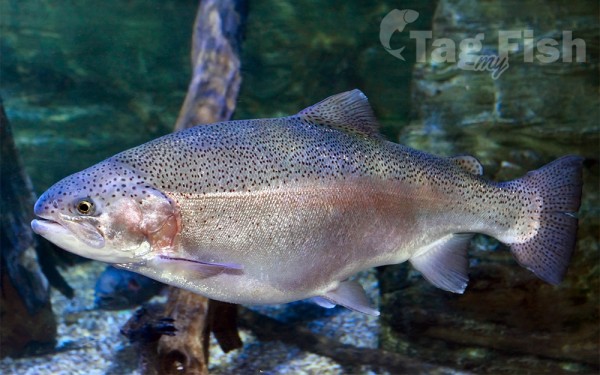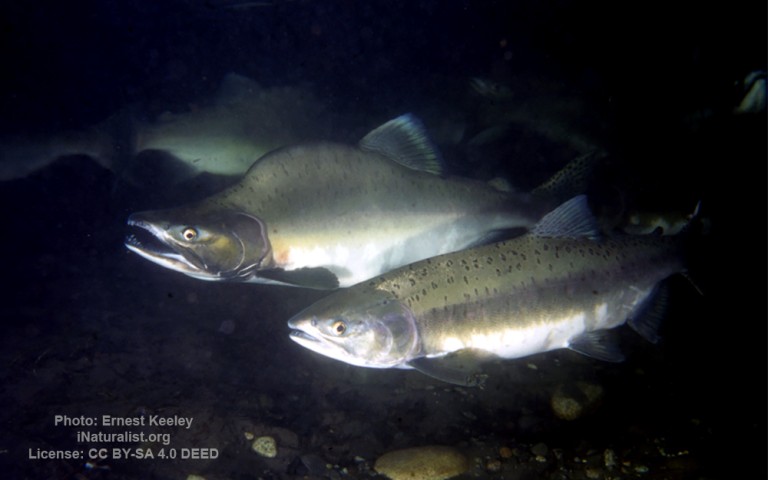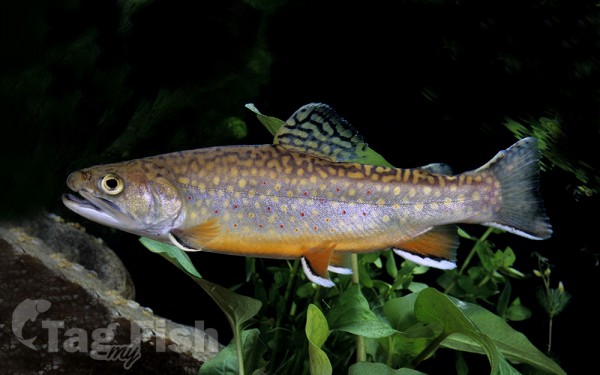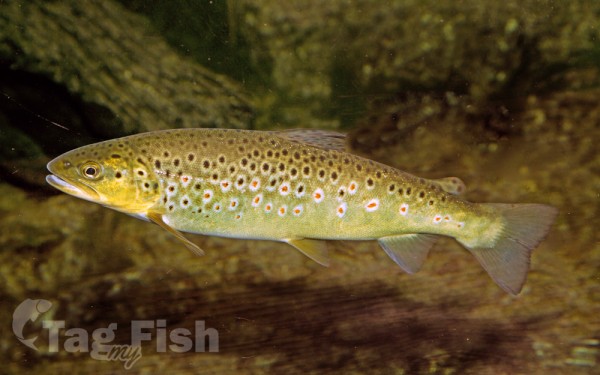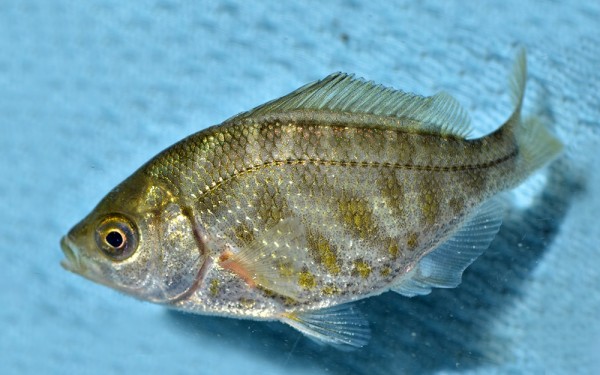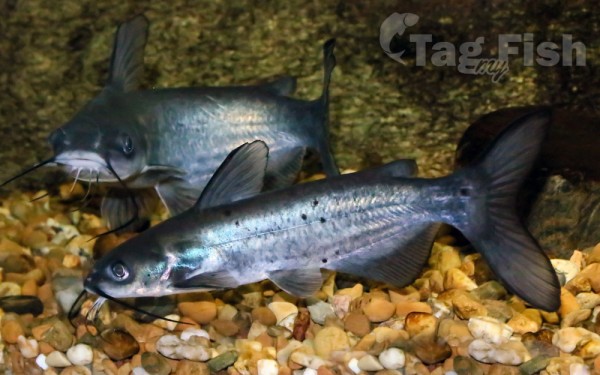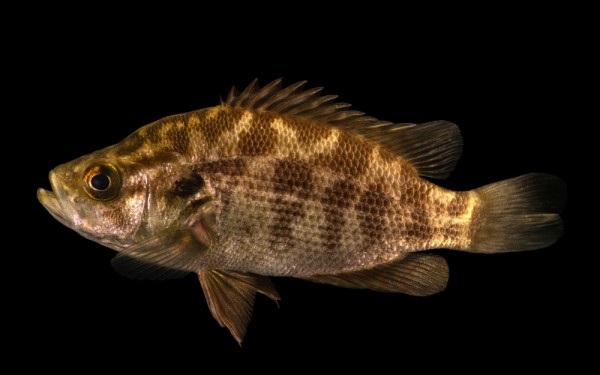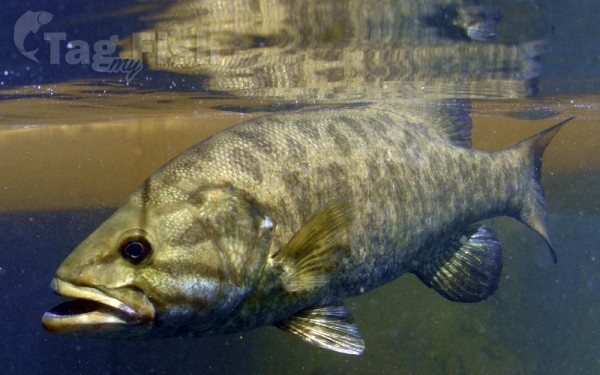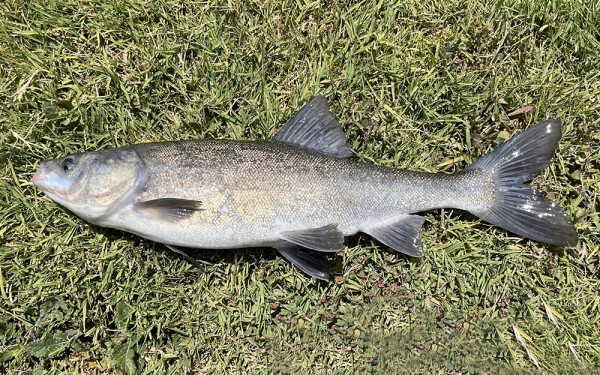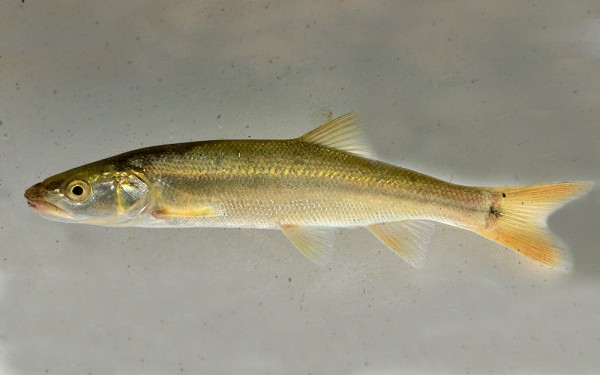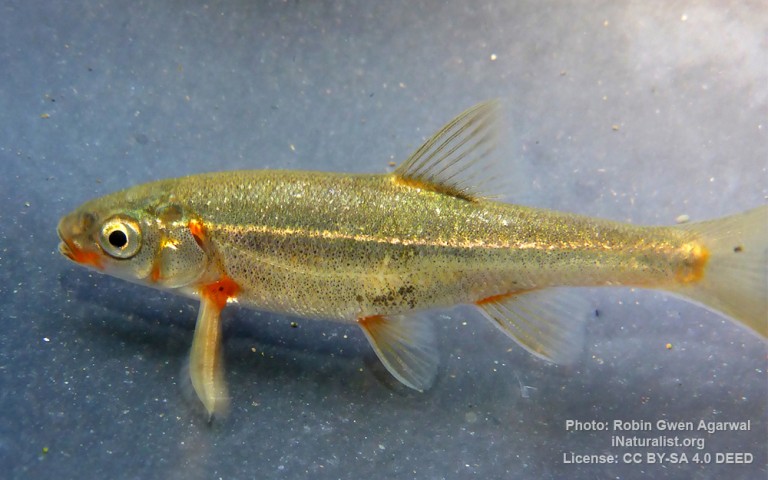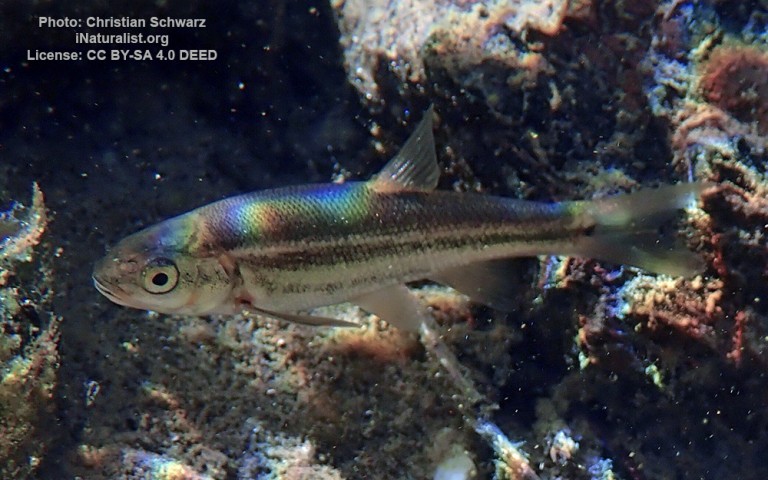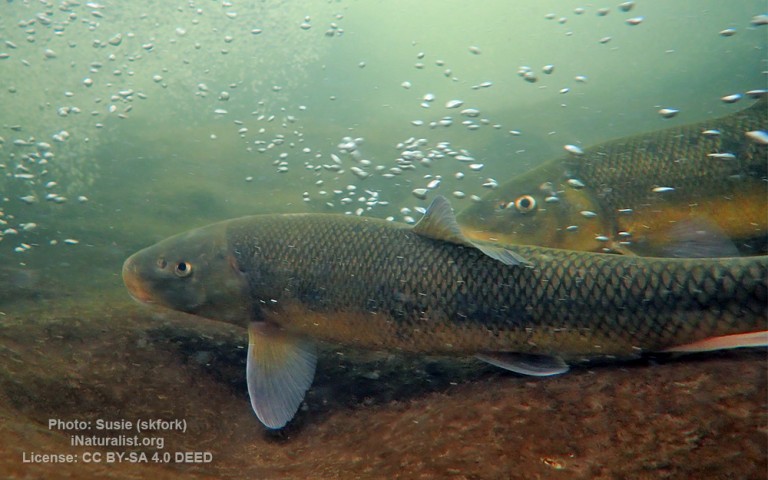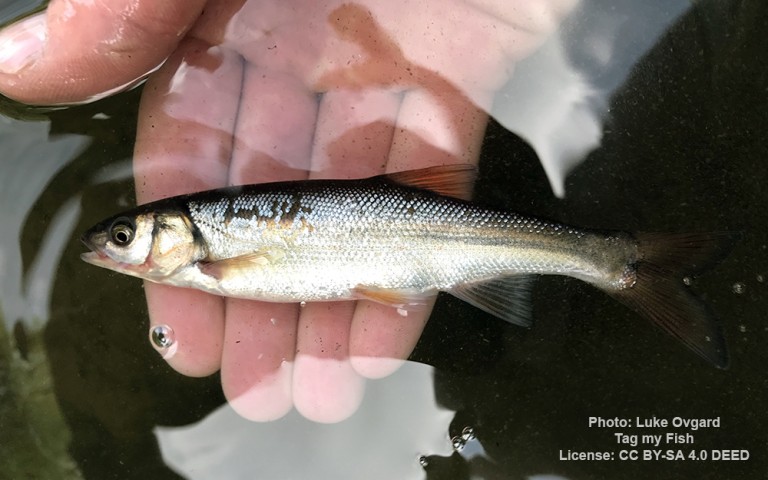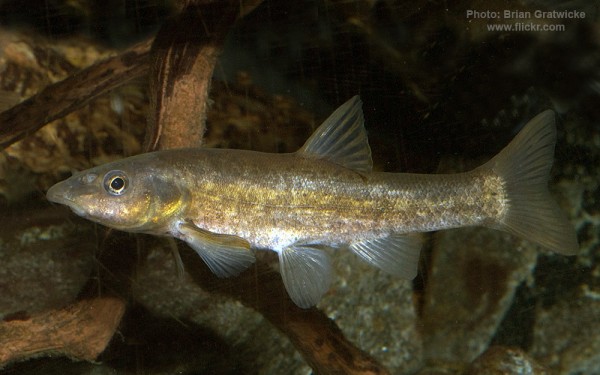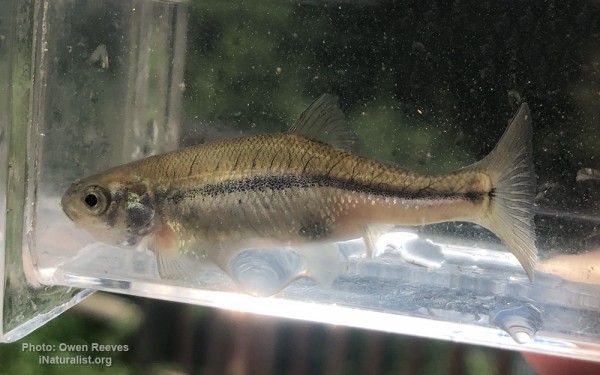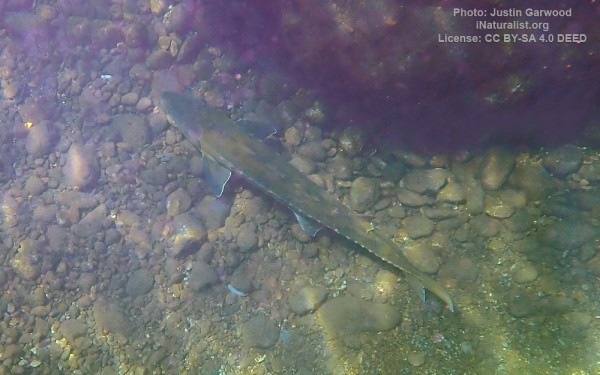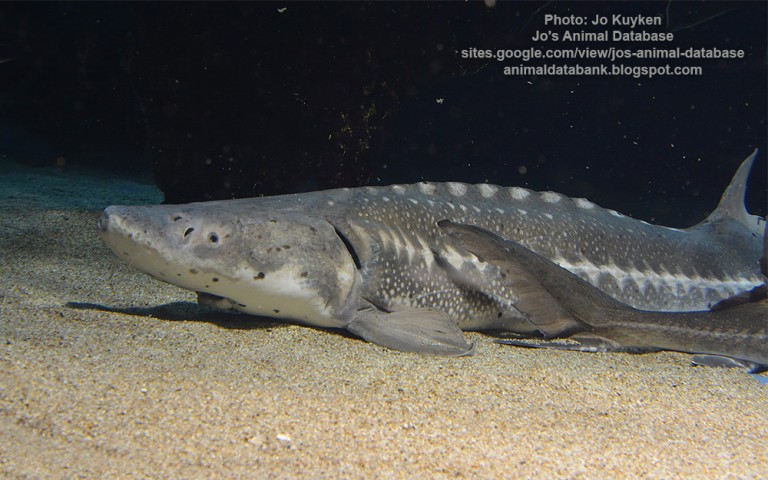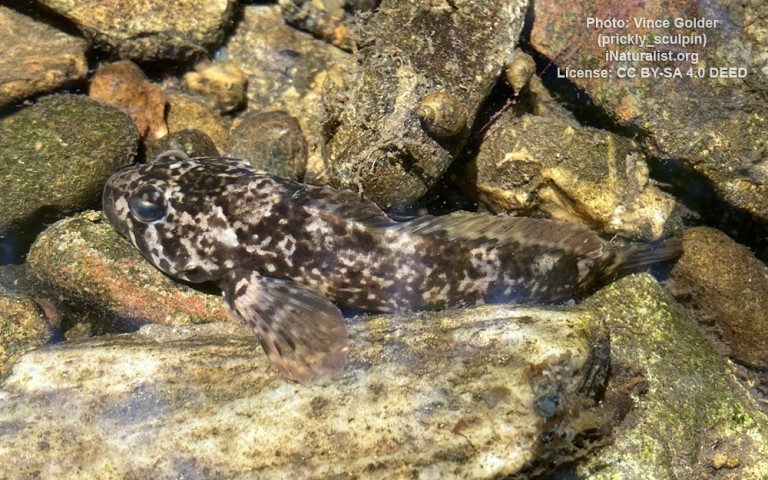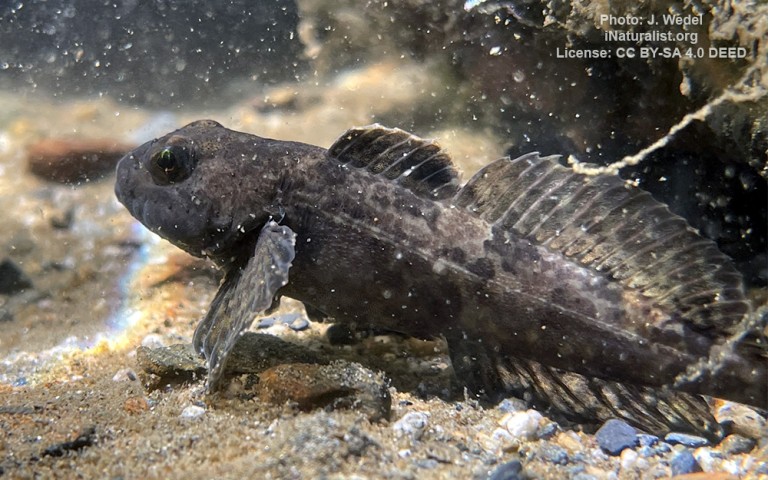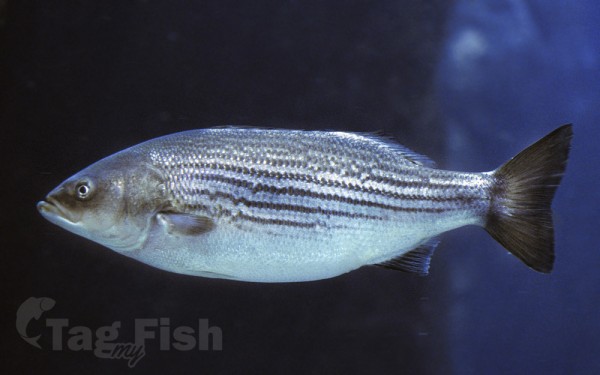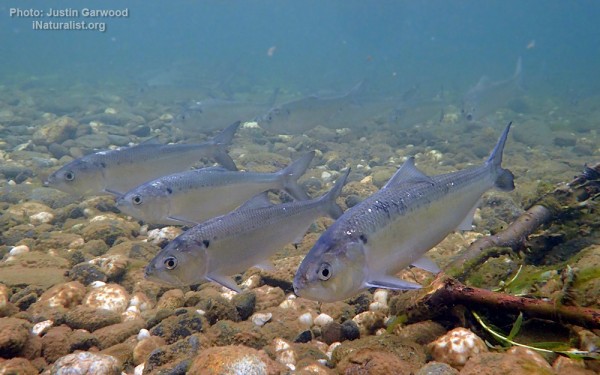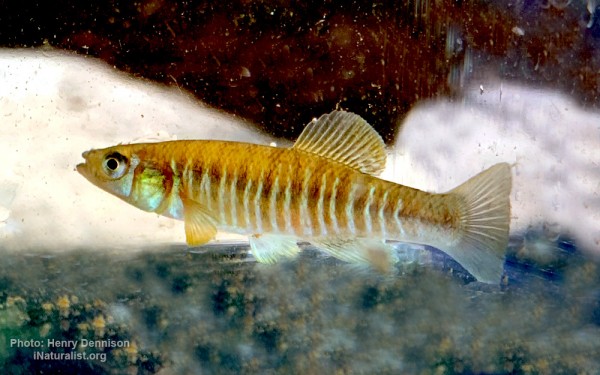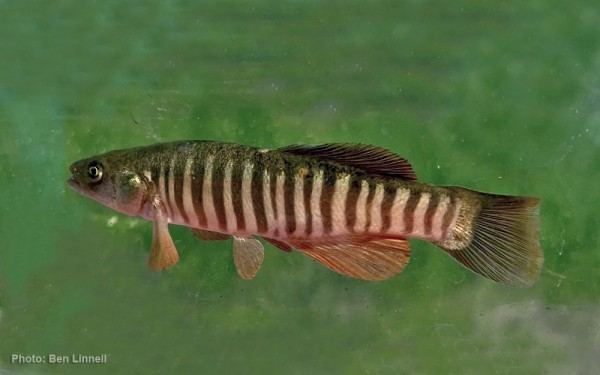Yuba River
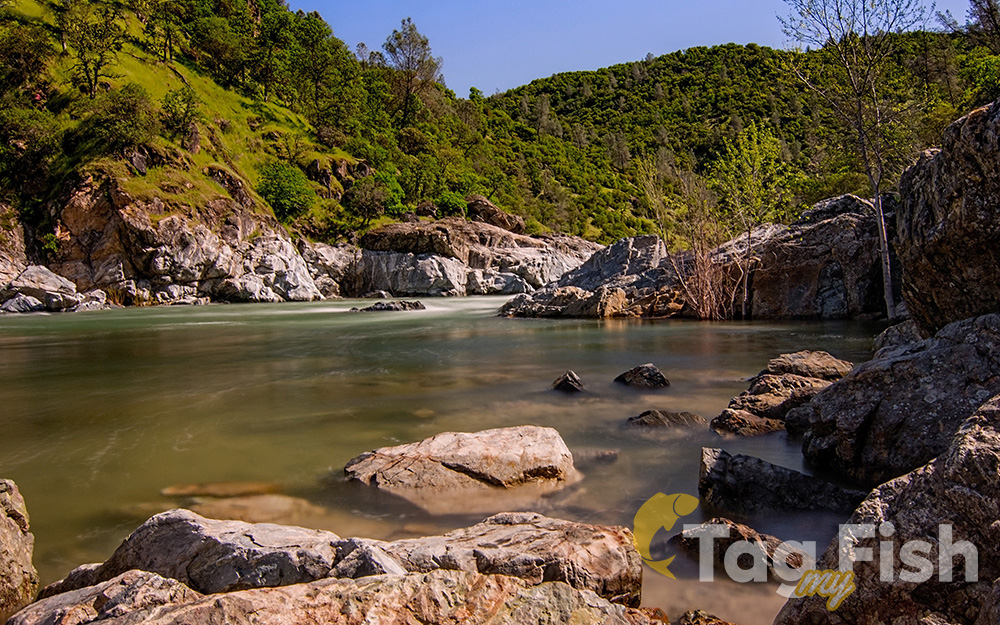
Artificial lakes
Salmoniformes - Salmons and Trouts
Salmoniformes - Salmons and Trouts
Perciformes - Perches
Siluriformes - Catfishes
Centrarchiformes - Basses and sunfishes
Cypriniformes - Carps
Acipenseriformes - Sturgeons and Paddlefish
Scorpaeniformes - Mail-cheeked fishes
Moroniformes - Temperate basses
Clupeiformes - Herrings
Cyprinodontiformes - Toothcarps
Salmoniformes - Salmons and Trouts
Perciformes - Perches
Siluriformes - Catfishes
Centrarchiformes - Basses and sunfishes
Cypriniformes - Carps
Acipenseriformes - Sturgeons and Paddlefish
Scorpaeniformes - Mail-cheeked fishes
Moroniformes - Temperate basses
Clupeiformes - Herrings
Cyprinodontiformes - Toothcarps
The Yuba River, a tributary of the Feather River in the Sierra Nevada and eastern Sacramento Valley of California, plays a vital role in the region’s hydrology. Spanning about 40 miles (64 km) in length, its origins stem from three primary branches. The North Yuba and Middle Yuba rivers converge to form the main stem, while the South Yuba River joins shortly downstream. Overall, the Yuba River extends just over 160 km when measured to the head of the North Yuba River.
Covering a drainage area of 1,345 square miles (3,480 km2), the river predominantly collects runoff from the western slope and foothills of the Sierra Nevada. Annually, the Yuba River basin contributes an average runoff of approximately 2,303,000 acre-feet (2,841 km3). This runoff is significant, supplying about one-third of the Feather River’s flow and 10 percent of the Sacramento River’s flow, into which it eventually merges. However, since the early 20th century, the river’s flow has faced gradual reduction due to irrigation and hydroelectric diversion projects.
